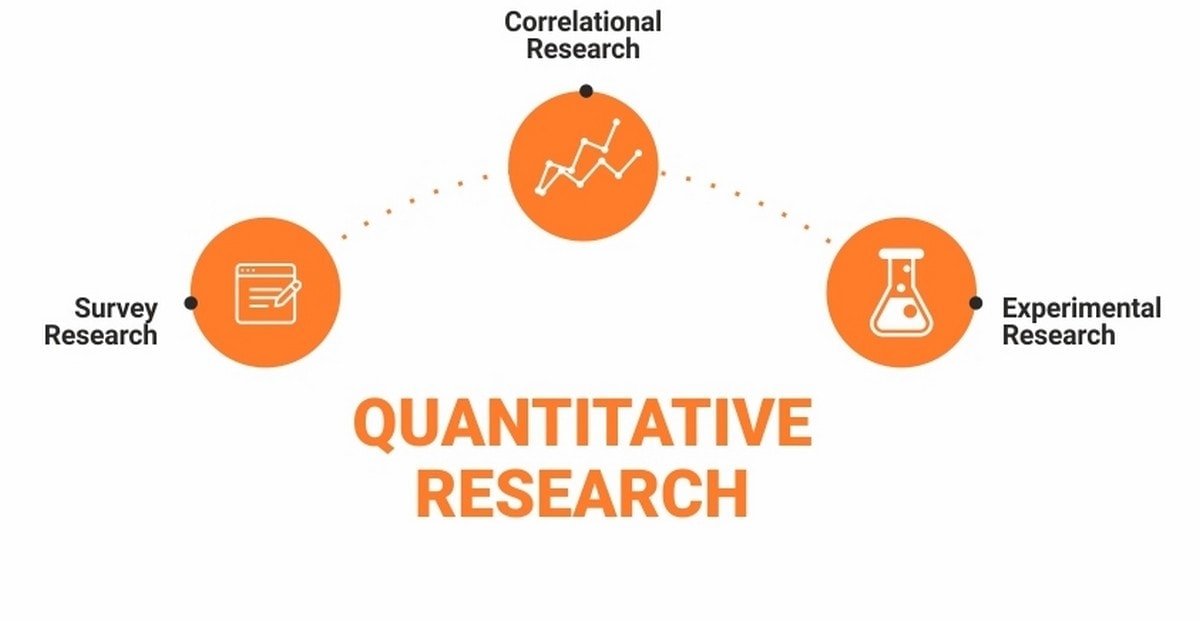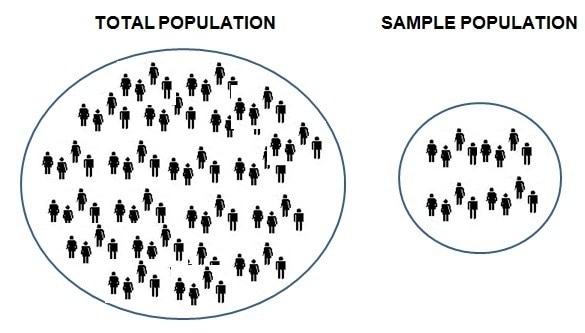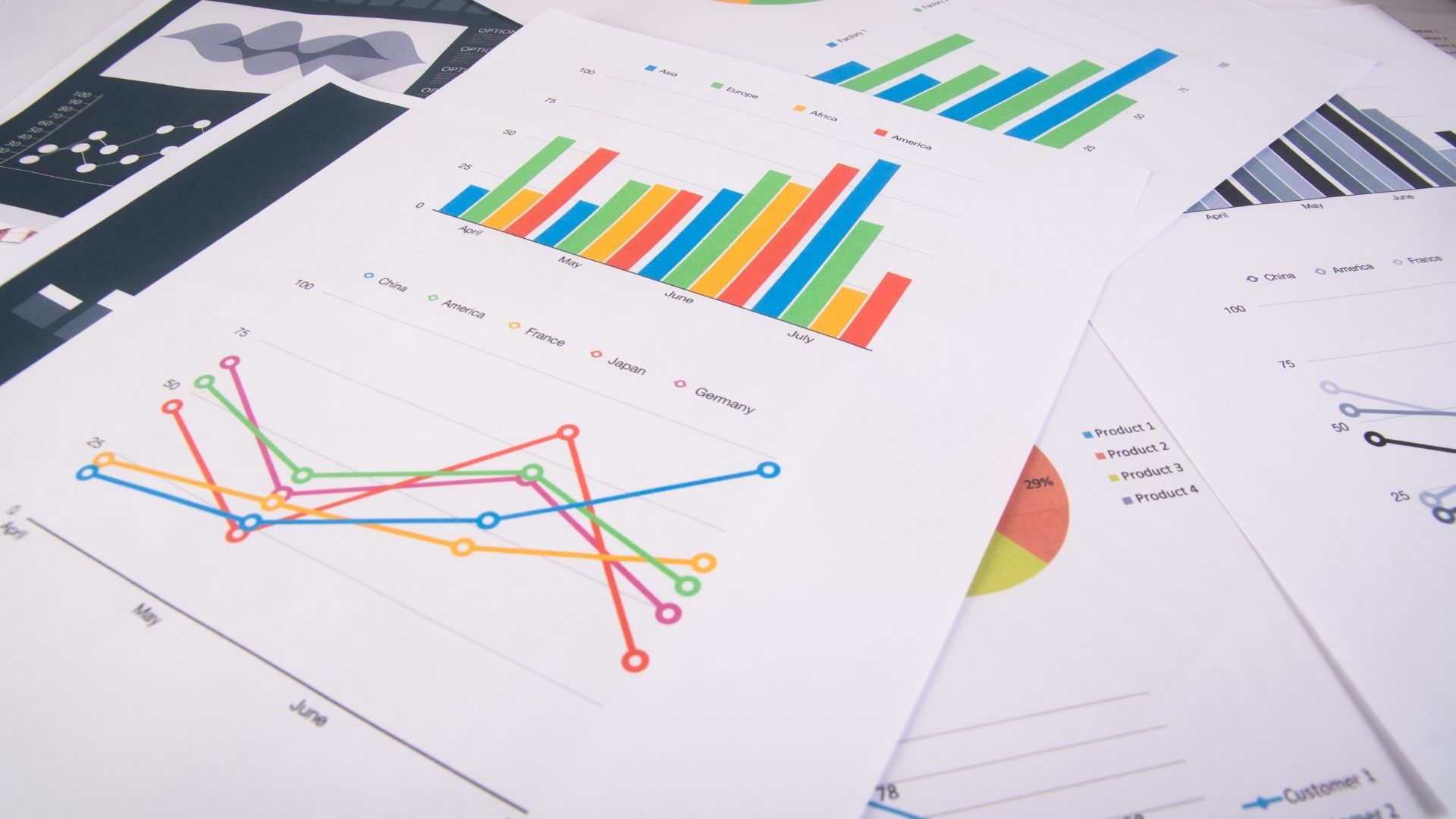
What is Research Design? 12 Types of Research Design
What is Research Design? Type of Research Designs
A research design is a step-by-step approach used by a researcher to conduct a scientific study. It includes various methods and techniques to conduct research so that a research problem can be handled efficiently.
A researcher has a series of questions that he needs to find answers by conducting research. Research method provides a logical sequence to conduct experiments so that all questions can be assessed in proper order. An impactful research design makes sure the least bias in the data collected and increases trust in analyzed research information. A research design which leaves the least margin of errors can be considered the best research design.
Let’s learn about the important elements of research design.
- Selection of precise purpose statement of research design.
- Various techniques to be executed to collect details for research.
- Methods opted for the analysis of collected data.
- Types of research methodology opted.
- Possible objections for research.
- Settings required for research.
- Timeline for the research study.
- Techniques and methods to measure analysis.
Table of Contents
4 Key characteristics of Research Design
a) Neutrality
The results collected in research should be free from bias and neutral. Discuss and get evaluated your conclusion with experienced multiple individuals and consider those who agree with your research’s results.
b) Reliability
Research design should be able to ensure the standards results by indicating how research questions can be formed because a researcher will always want the same results every time, he performs an experiment.
c) Validity
The validity of a research design is used to calculate the expected results and to estimate the truthfulness of the result. In most cases, researchers opt for their own definition when it comes to what is considered valid. Therefore, the questionnaire prepared from the research design is considered valid.
d) Generalization
Generalization is one of the most important key characteristics of research design. The results obtained from the research should be applicable to a population and not just to a limited sample.
12 Types of research design
A researcher must have knowledge of various types of research designs to choose which type of research design should be applied for the research. There are different types of research designs which are explained below.
1) Case-study design
A case-study research design is used for the in-depth and detailed study of a subject. This technique is usually used to narrow down a big problem into small discrete easily researchable problems.
The case study research design is useful to test the applicability of specific theory or model on the real-life phenomena. A case-study research design is useful in those scenarios where there is not much information is known or available about the phenomena.
The case-study research design has an important place in various disciplines and professions such as sociology, political science, clinical science social science, administrative science, and psychology.
Advantages of using Case study design
- The case-study research design delivers a thorough description of the explicit and rare case.
- The case-study research design is widely opted by social scientists to test modern real-life situations and provides an extension of the existing concepts.
- The case-study research design can modify what is already known through previous research.
- It gives the freedom to the researchers to apply various methodologies and include any number of resources to investigate the problem.
- The case study research design excels at establishing a relationship between a limited number of events or conditions and also helps us to understand complex issues.
Disadvantages of using Case-study research design
- Sometimes research done on a small sample cannot be applied on a large population. Therefore, a case study research design is difficult to establish reliability and generalize.
- The researcher can be biased about the finding of the case because of the intense exposure to the study.
- Case study research design does not enable the assessment of cause and effect relationship.
- Missing important information can make the case hard to interpret.
- Sometimes the case may not be the representation of the larger case being investigated.
- If research is being done on a specific situation or phenomenon then results might be applicable to that particular case.
2) Action research design :
The action research design follows a characteristics-based path, where initially an exploratory stance has opted and understanding is developed about the problem and made some type of strategies for intervention.
While carrying out the interventions, various forms of relevant observations are collected. The same path followed again with the new interventional strategies and continued until a sufficient understanding of the problem is not realized.
The path followed is cyclic or iterative in nature to provide a deeper understanding of the situation, initializing with hypothesizing and specifying the given problem and moving ahead making numerous interventions and assessments.
Advantages of using Action research design
- It is a research design which can be used in work or community situations, because of its cooperative and adaptive research nature.
- Action research design focuses on practical and solution-driven research rather than testing various theories.
- Action research design increases the chances of learning consciously from their experience, therefore, it is also viewed as a learning cycle.
- The Outcomes of the action research design have obvious relevance to practice.
- No information can be hidden or controlled by the researcher.
Disadvantages of using action research design
- It is difficult to perform conventional studies because it is the responsibility of the researcher to boost change for study.
- Over-involvement of the researcher may bias the test results.
- There is no standard format to write action research, therefore, it is hard to document.
- Because of its cyclic nature action research is difficult and time consuming to conduct.
3) Cohort Research design
A cohort study is generally conducted on a certain population (have some commonality or similarity) over a period of time. A cohort study is usually applied in medical sciences and social sciences. A cohort study makes note of statistical occurrence with a specialized subsection of the population, which is unified by similar characteristics that are relevant with the problem being investigated, instead of studying statistical occurrence with the general population.
A cohort can either be open or closed but not both at the same time. Cohort studies collect data applying the method of observation using a qualitative framework. Open cohort studies involve dynamic population which is separated by the state of being studied in the problem.
The size of a cohort study is not constant because the date of entry and exit is defined by an individual. Rate-based data is gathered in open cohort studies. Closed cohort study involves a specific population, where all the participants enter the study at a specific point and no new participants are allowed to take part in later.
Therefore, the number of participants in a closed cohort study remain constant and in a few rare cases, it can only decrease.
Advantages of using Action research study
- In risk-based studies, using action research study is mandatory, because it is unethical to involve random people.
- Both original and secondary data can be used in cohort research.
- A cohort study is flexible in its nature and can be used to provide insights into effects over time and different types of changes for example, social, political, economic, and cultural.
- Cohort studies can gauge probable cause before the outcome has occurred. It can establish that these causes led to the result. Therefore, avoid the debate determining which is the cause and which is the effect.
Disadvantages of cohort research design
- Because of lack of randomization, the external legitimacy of a cohort study is lower than the other researches which select random participants.
- Cohort studies usually take a long time because the researcher has to wait for certain conditions within the group. Therefore, there are chances that variables may change with time, hence, impacting the credibility of the results.
- In the case of comparison of two cohort groups, the factors which differ between the two groups can’t be controlled.
4) Causal design :
This type of research study is used to analyze the phenomena of conditional statements like “if A, then B”. the purpose of using this type of research is to evaluate the impact of a specific change on the existing standards and conventions.
In most of the social studies, a causal explanation is required to test the hypothesis. Causality can be determined by observing the variation in the variables which are assumed to be causing a change in the other variables.
Causal research is difficult to perform and there is never a certainty that there is no other factor influencing the results, especially when the research is dealing with people’s emotions and attitudes. But there could be other deeper psychological reasons that even the subject is not conscious of.
There is a total of three conditions to determine the causality.
- Empirical association: An effective deduction is based on finding a correlation between the independent variable and dependent variable.
- Appropriate time order: The independent variable must be tackled before the dependent variables.
- Nonspuriousness: a relationship between two variables which is independent of variation is called a third variable.
Advantages of using a causal research study
- There are high chances of replication in this type of research design.
- This study has internal validity because of systematic subject selection.
- By proving a causal link between variables and eliminating other possibilities, it helps people to understand the world better.
Disadvantages of using causal research study
- All relationships can’t be causal. There are chances that two unrelated events seem to be related.
- It is difficult to determine the conclusions about causal relationships, because of various superfluous and perplexing variables that exist in a social environment. Hence, causality can only be inferred, never proven.
- The cause must come before the effect if two variables are related to each other. It is difficult to tell which variable is the cause and which variable is effect in a causal design.
5) Descriptive design :
This type of research design is used to describe the characteristics of a population or phenomena being researched. This study provides the answer to “what” and does not provide the answers to “how”, “when”, and “why”. Descriptive research does not require an internal validity to describe the characteristics of a population. This type of research is used to calculate frequencies, averages, and statistic of data.
Advantages of using Descriptive research design
- This approach gathers a large amount of data for the study.
- With the help of this study rich data can be yielded for future references.
- A more focused study can be developed by using the limitations of the study as a useful tool.
- The descriptive design gives a general overview of the study which is helpful to determine useful pointers for which variables are worth studying.
Disadvantages of using Descriptive research design
- This study entirely depends on the instrumentation for observation and measurement.
- The outcome of a descriptive design can’t be used to disprove a hypothesis.
- Outcomes of descriptive designs can’t be replicated as outcomes of this design is collected using the observational method.
6) Cross-sectional design :
This type of research design can only calculate among or from a variety of people, phenomena or subjects at the place of change. It has three distinguishing features such as no time dimensions, a dependence on the existing differences, and selection of groups based on differences rather than random selection.
Advantages of using a cross-sectional design
- Cross-sectional research design is inexpensive to perform because this is done using surveys.
- Results are more reliable because it is performed on a population.
- This study provides the characteristics of the result at a point in time.
- Grouping of the population is done based on their difference and are not selected randomly.
- A cross-sectional study can use a large number of subjects, unlike many other research designs.
Disadvantages of using cross-sectional study
- It is difficult to find people, phenomena or subjects of same interest.
- Outcomes are time-bound and do not provide any reliability for historical occurrences.
- This study can’t be used to determine the cause and effect relationship.
- AS outcomes are timebound, therefore, there are chances of getting different outcomes in different time-frame.
7) Exploratory design :
This type of research design is used for the researches on which no research is done before and have no studies to refer to. The focus of exploratory design is to get understandings and knowledge for later investigations. This study determines if a future study is possible or not and later techniques can be developed for more research.
Advantages of sing Exploratory research design
- It helps to determine research priority.
- It is useful to gather background data for a particular topic.
- This research answers all questions like “what”, “why”, “how”.
Disadvantages of using exploratory design
- Findings of the exploratory group are not generalized on the whole population.
- Outcomes of this study are tentative, because of its unstructured style of research.
8) Experimental design
This type of research design is often used when there is a priority of time such as cause will always precede effect and when there is steadiness in a causal relationship such as a particular cause will always lead to the same effect and the degree of association is great.
Experimental design is the blueprint of the procedure that permits researchers to control all factors of the experiment. Experimental designs use more groups and more measurements for a longer period of time.
Advantages of using experimental design
- It delivers a high level of evidence for a single study.
- This study determines what is the cause of something to take place.
- It helps researchers to determine placebo effects from treatment effects.
Disadvantages of using experimental research design
- Experimental research is not real and it might not fit into the real world.
- The settings of the experiment may change the behavior of the subjects.
- The experimental researches are sometimes costly, because of the use of special equipment and facilities.
- There are a few types of problems which can’t be experimented because of ethical or technical reasons.
9) Longitudinal design :
Longitudinal research design makes repetitive experiments and makes multiple observations. In this type of research design, the same group of people is interviewed at regular intervals. In this way, the researcher tracks their behavior and identify variables that have caused the change in their behaviors. This research study is a type of observational study and is also known as a panel study.
Advantages of using longitudinal research study
- Observation can be made during a particular phenomenon.
- Future outcomes can be predicted on the basis of earlier factors.
- Let the research to establish a causal relationship between various variables.
- Provide an explanation for the pattern of change.
Disadvantages of using Longitudinal Research Study
- Methods of conducting experiment might change over time.
- Original sample might change over time.
- More than one variable can’t be shown in this type of research.
- In this type of research, the researcher assumes that the present trends will remain the same in future also.
- It takes a long time to conduct this type of research.
10) Historical design
In this type of research data from the past is collected, evaluate and the hypothesis is defended based on the outcomes. To make this type of research a lot of resources like logs, documents, notes, diaries, reports, official records, archives, and no textual data like maps, images, drawings, audios) are used. this research is difficult to conduct because documents should be authentic and authorized.
Advantages of Historical research design
- It is useful for trend analysis.
- It can provide a contextual background to understand a research problem better.
- There are no chances of emotional involvement of the researcher with the subject.
- Historical resources can be used multiple times.
Disadvantages of Historical Research design
- The success of research completely relies on the quality of historical resources.
- External variables can’t be controlled in this type of research; thus, research remains weak.
- Gaps in the study are difficult to acknowledge because of the missing pieces of historical resources.
- Interpretation of historical resources consumes a lot of time.
11) Observational research design :
This type of research design is used to draw results by comparing subjects under research with a controlled group. An observational study can be of two types. In the first type, your subjects know that you are observing them and in the second type, you observe your subjects without letting them know. Observational research design let you get the insights of a particular phenomenon without getting into the trouble of setting up a large project.
Advantages of observational research design
- It is a flexible type of research and doesn’t require to stick to a hypothesis.
- In-depth information can be collected about the phenomenon.
- Results can be generalized to real life events.
- It can act as a pre-research before starting any other experiment.
- It accounts for the complexity of group behavior.
Disadvantages of observational research design
- Subjects under study are not equally credible.
- There are high chances for this research turned out to be biased because the researcher might notice what he wants to notice.
- The outcome of this research is limited to a small group and can’t be generalized.
- Subjects might behave differently because of the presence of the researcher.
12) Sequential research design :
This type of research is designed in a staged approach, where you can move to the next stage only after completing research at the first stage. The results from one stage are used in the next stage and this process continues until enough data is collected to test the hypothesis.
The sample size can vary throughout the research. After analyzing each stage, research can admit the null hypothesis or can choose a different hypothesis or even can choose to perform the experiment again. that means in this type of research design there is no limit on a number of subjects selected by a researcher.
Advantages of using sequential research design
- There is no limit on the size of the sample of research.
- Repetitive nature of the research let you make initial changes.
- A sequential research design is not expensive.
- Fewer efforts from the researcher’s side.
- Because of its sequential nature, results of one sample are analyzed and tested before taking the second sample into the study.
Disadvantages of using Sequential Research design
- It is difficult to maintain consistency in the research from one sample to another.
- Samples aren’t randomized. Hence outcomes can’t be generalized on the whole population.
- Moving the results of one sample to another is difficult work.









